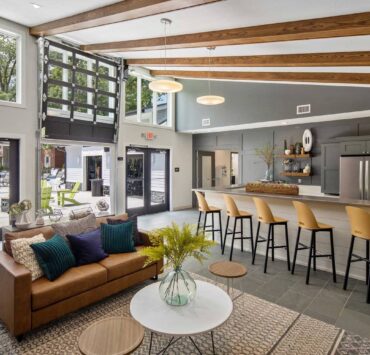Tropical homes for a weather-wise future
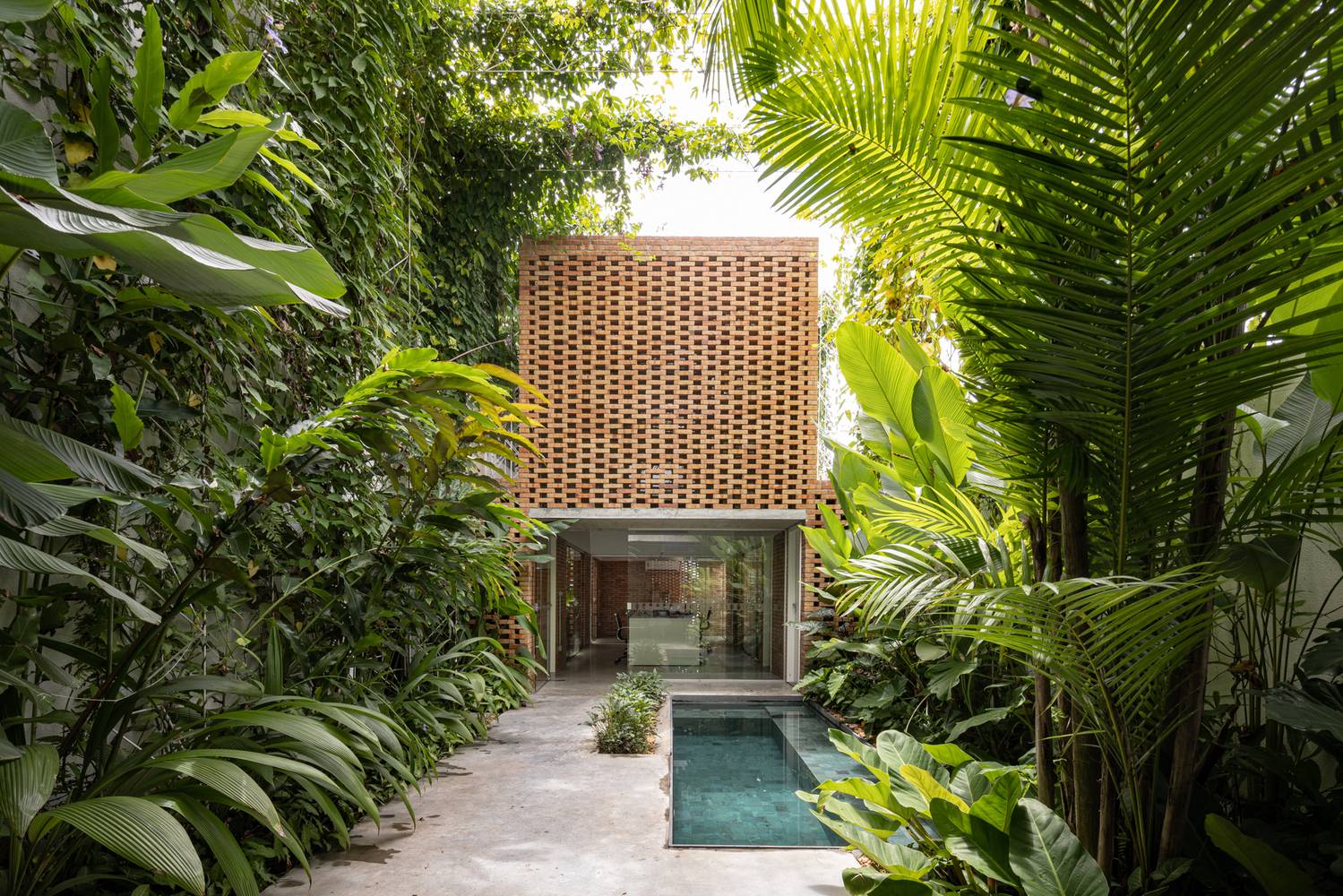
The Philippine climate continues to shift into increasingly erratic patterns.
Mornings scorch with dry season intensity, while afternoons release sudden, heavy rains. These extremes challenge the traditional idea of shelter. A home must now anticipate unpredictability and respond with agility.
Shielding interiors through thermal awareness
Thermal comfort in the tropics depends on more than shade. It demands innovative materials and responsive design.
Concrete walls paired with ventilated cavity systems slow heat from reaching the interiors.
Rooflines that work harder
A double-layered roofing system enables hot air to escape through ridge vents while insulating the interiors below. Air flows freely between the layers, dispersing heat buildup.
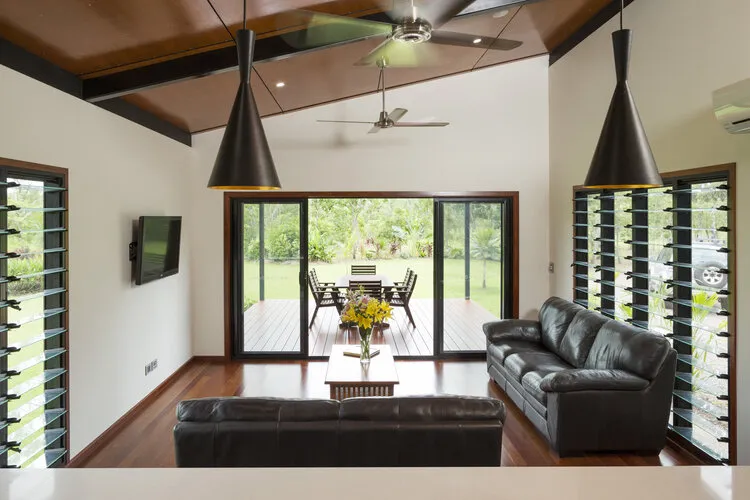
When properly detailed, metal roofing paired with radiant barriers resists heat and lasts longer than clay tiles. The roof becomes a functional collector when sloped to direct rain into a filtration-integrated harvesting system.
Adapting to flood-prone terrain
Terraced platforms that serve as water holding reservoirs absorb sudden rainfall. These surfaces can blend into courtyards or urban gardens, forming a network of slow-release storage that reduces street level inundation. This emerging typology could find relevance in barangays with repeat flooding events.
Redesigning airflow and ventilation
Cross-ventilation can be engineered rather than left to chance. A practical method uses clerestory windows and vent blocks to channel rising warm air outward, drawing in cooler air from shaded garden zones or breezeways.
Operable louvers and jalousie panels add control. Their adjustability allows homeowners to fine tune ventilation even when windows remain closed due to rain or insects. Automation elevates this further, responding to daily heat patterns and sealing tight when storms approach.
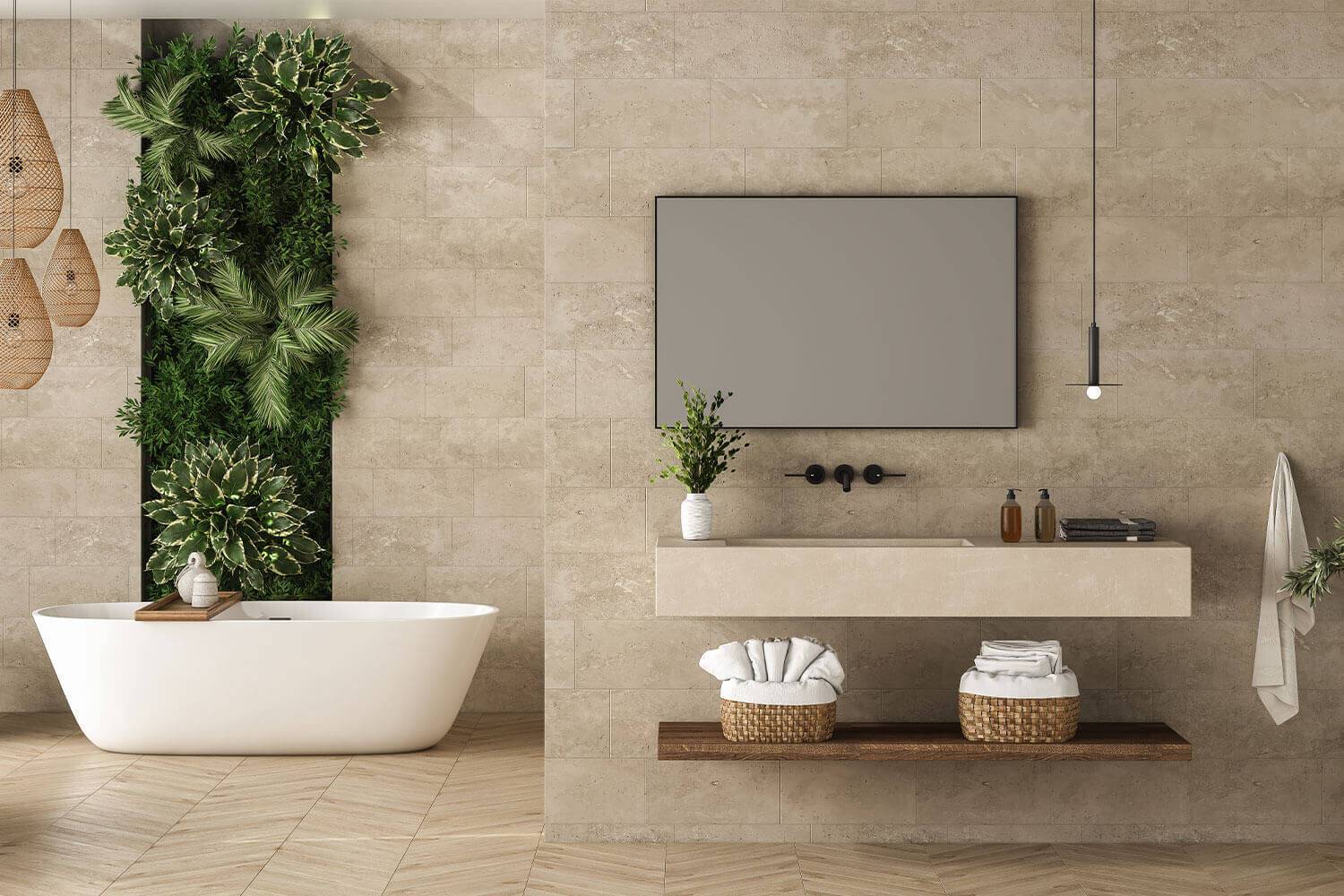
Private spaces that breathe
Bedrooms must provide comfort, privacy, and climate resilience. Positioning bedrooms in the east or southeast corner of the home captures the early morning sun while avoiding the harsh afternoon heat.
Bathrooms should focus on quick drying and moisture control. Choose finishes that resist mold, such as polished concrete, stone tiles, or marine plywood. Floating vanities and open-bottom cabinets simplify cleaning and enhance dryness.
Spaces that shift between indoors and out
Tropical living embraces the in-between.
Verandas, lanais, and pocket courtyards no longer serve as decorative transitions but as active spaces that adjust to the weather. Kitchens and baths open to shaded gardens, keeping rooms cooler and drier and reducing humidity indoors.
Adjustable overhangs control sunlight and shelter, enabling constant use throughout the day.
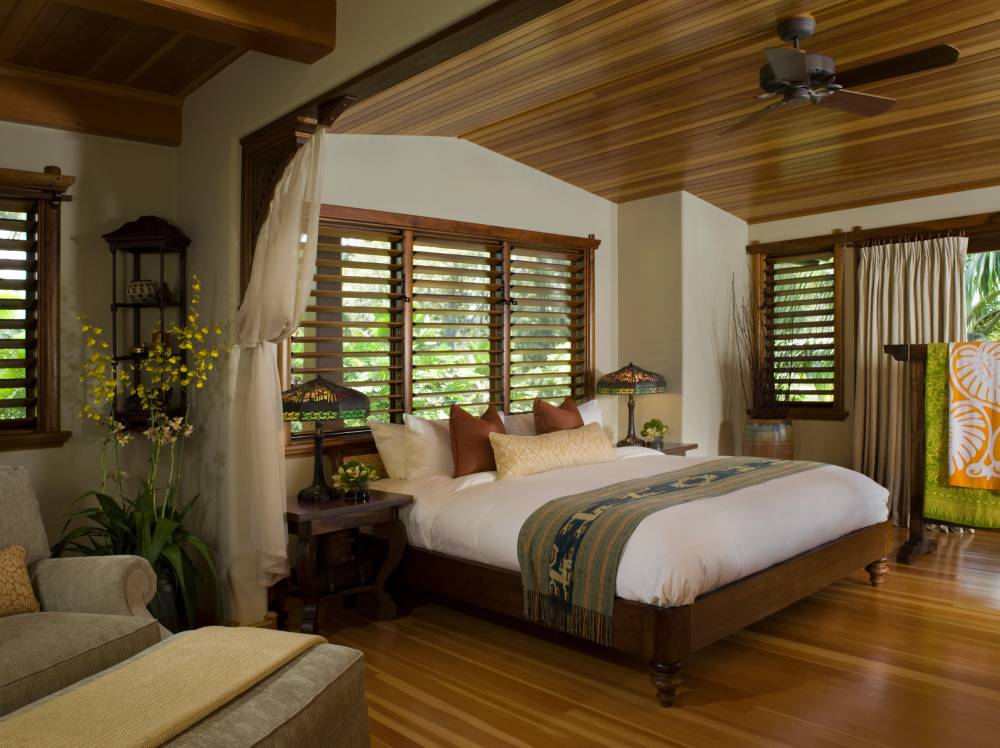
Materials that match the mood
The tropics demand materials that perform under moisture and glare. Wood must be treated to resist ultraviolet degradation and warping. Natural plasters like limewash moderate interior humidity and reduce microbial growth.
Furniture needs raised legs for airflow. Slatted surfaces and open frames prevent trapped moisture. Water repellent fabrics bring comfort without compromising durability.
Designing with the rhythm of the climate
A tropical home should engage with its environment, adjusting and protecting in response to changing conditions. When architecture adapts to shifting skies and rising temperatures, it transforms from mere shelter into a living structure.
The author (www.ianfulgar.com), is a leading architect with an impressive portfolio of local and international clients. His team elevates hotels and resorts, condominiums, residences, and commercial and mixed-use township development projects. His innovative, cutting-edge design and business solutions have garnered industry recognition, making him the go-to expert for clients seeking to transform their real estate ventures













